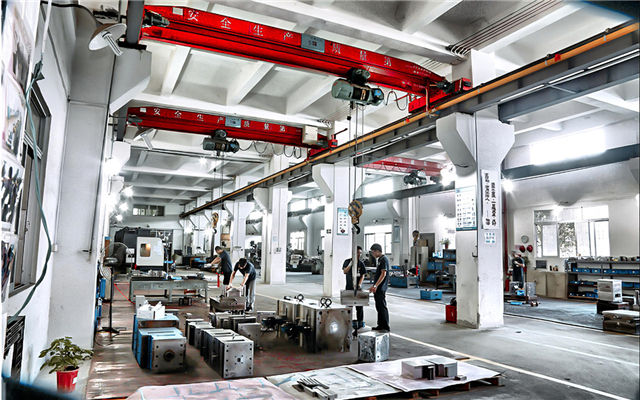Injection molding is a critical process in the manufacturing of Class I medical products. The precision, consistency, and quality required for medical devices, including Class I products, make injection molding an ideal solution. As a trusted method used by medical plastic injection molding manufacturers, it delivers the high-quality, standardized components needed for devices that come into contact with patients but pose minimal risk.
What is Injection Molding for Class I Medical Products?
Injection molding is a versatile manufacturing process that involves injecting molten plastic into a pre-designed mold cavity. Once cooled, the plastic hardens into a precise shape defined by the mold. For Class I medical products—defined as low-risk devices such as disposable syringes, stethoscope parts, and surgical trays—precision, safety, and compliance with regulatory standards are essential. Using high-quality medical injection molds, manufacturers can achieve mass production of these components without compromising on accuracy or quality.
Benefits of Injection Molding in the Medical Industry
● Consistency and Precision
● Efficiency and Cost-Effectiveness
● Materials and Quality
● Customization and Design Flexibility
Applications of Injection Molded Medical Products in Class I Devices
Injection molded medical products are widely used in Class I medical devices, including:
Syringes and Plunger Components: Disposable syringes are common Class I devices made using injection molding. This process allows for precise control over the syringe's size and shape, ensuring safe and effective use.
Laboratory and Test Equipment: Items like Petri dishes, pipettes, and test tubes, which are essential in laboratory settings, are produced through injection molding for their consistent dimensions and contamination-free surfaces.
Surgical Trays and Instrument Holders: Injection molding is also used to create surgical trays and instrument holders, ensuring they are durable, easy to sterilize, and safe for use in operating rooms.
The Future of Injection Molding in Medical Device Manufacturing
Advancements in technology continue to shape the future of the medical injection molding industry. Innovations in 3D printing for rapid prototyping, automated quality control systems, and environmentally sustainable materials are among the developments expected to enhance the production of injection molded medical products. These advancements promise not only higher quality but also increased customization and faster production times.
Conclusion
Injection molding for Class I medical products is a reliable, cost-effective manufacturing solution that meets the stringent demands of the medical industry. By using medical-grade injection molding plastic and precision-engineered molds, manufacturers can produce high-quality, biocompatible medical devices at scale. Working with a specialized medical parts injection molding company ensures that Class I medical devices meet regulatory requirements and deliver consistent, safe performance. As technology advances, injection molding will continue to play a vital role in the medical device sector, supporting innovation and improving patient care.

.jpg)

.jpg)